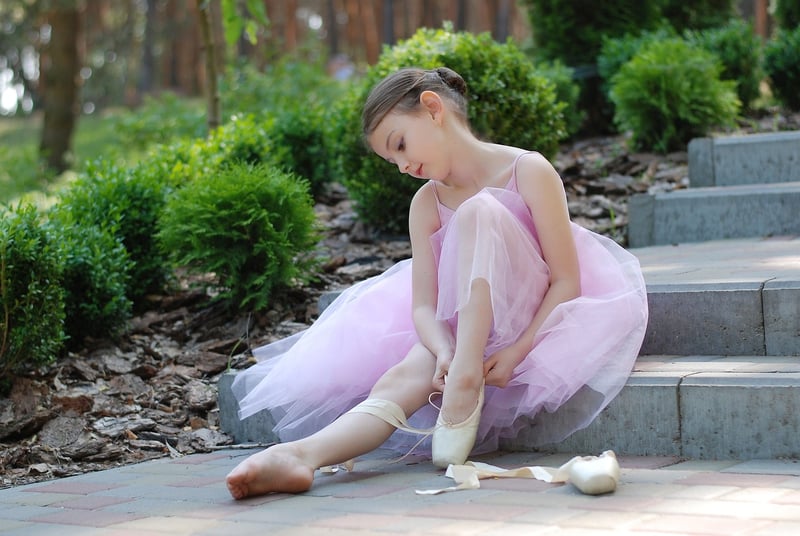Hip Hop
Expressive Movement in Hip Hop
Hip hop is not just a genre of music; it's a cultural movement that encompasses various art forms, including dance. Expressive movement in hip hop dance is a way to convey emotions, stories, and personal style through body language and rhythm. Let's explore how expressive movement plays a significant role in hip hop dance culture.
The Origins of Hip Hop Dance
Hip hop dance originated in the Bronx, New York City, in the 1970s. It was born out of street dance styles influenced by African, Caribbean, and Latino dance movements. Hip hop dance quickly became a form of self-expression for marginalized communities, allowing individuals to tell their stories through movement.
Elements of Expressive Movement
Expressive movement in hip hop dance involves several key elements:
- Isolation: The ability to move different body parts independently, emphasizing precision and control.
- Flow: The seamless transition between movements, creating a continuous and fluid dance style.
- Dynamics: The variation in speed, weight, and intensity to convey emotions and musicality.
- Personal Style: Each dancer brings their unique flair and interpretation to movements, making it a form of personal expression.
Emotional Expression in Hip Hop Dance
One of the most significant aspects of expressive movement in hip hop dance is its ability to convey emotions. Dancers use their body language, facial expressions, and gestures to tell stories and evoke feelings in the audience. Whether it's joy, pain, anger, or empowerment, hip hop dance allows individuals to express a wide range of emotions authentically.
Image of Expressive Hip Hop Dance

Conclusion
Expressive movement is at the core of hip hop dance, allowing dancers to connect with their audience on a deeper level. Through isolation, flow, dynamics, and personal style, hip hop dancers express their unique stories and emotions. Next time you watch a hip hop performance, pay attention to the expressive movements that speak volumes without saying a word.
